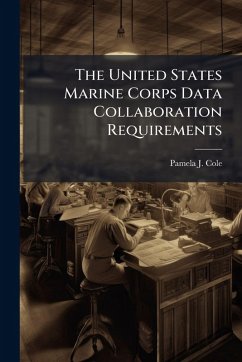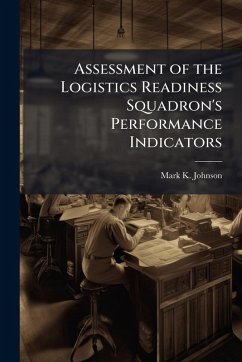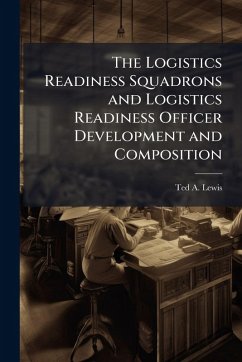
Developing a Situation Awareness Environment for the Distribution Process Owner

PAYBACK Punkte
7 °P sammeln!
On September 16, 2003, the Secretary of Defense designated the Commander, USTRANSCOM as the Distribution Process Owner (DPO), charged with the responsibility to coordinate and synchronize execution of the DOD distribution system. Additionally, on 28 July 2004, USTRANSCOM was given the responsibility for managing the Information Technology (IT) Portfolio associated with its DPO mission. Executing its new role as Distribution Portfolio Manager (DPfM), USTRANSCOM acted upon a requirement from the November 2005 Council of Logistics Directors Conference and moved forward with the DOD logistics comm...
On September 16, 2003, the Secretary of Defense designated the Commander, USTRANSCOM as the Distribution Process Owner (DPO), charged with the responsibility to coordinate and synchronize execution of the DOD distribution system. Additionally, on 28 July 2004, USTRANSCOM was given the responsibility for managing the Information Technology (IT) Portfolio associated with its DPO mission. Executing its new role as Distribution Portfolio Manager (DPfM), USTRANSCOM acted upon a requirement from the November 2005 Council of Logistics Directors Conference and moved forward with the DOD logistics community and the Defense Information Systems Agency (DISA) to provide a Common Operating Picture (COP) for Deployment and Distribution (D2). During the fall of 2007 and spring 2008, DISA fielded an initial operating capability for COP D2 on its unclassified and classified Global Combat Support System-Joint (GCSS-J) web portals. This work has been selected by scholars as being culturally important, and is part of the knowledge base of civilization as we know it. This work was reproduced from the original artifact, and remains as true to the original work as possible. Therefore, you will see the original copyright references, library stamps (as most of these works have been housed in our most important libraries around the world), and other notations in the work. This work is in the public domain in the United States of America, and possibly other nations. Within the United States, you may freely copy and distribute this work, as no entity (individual or corporate) has a copyright on the body of the work. As a reproduction of a historical artifact, this work may contain missing or blurred pages, poor pictures, errant marks, etc. Scholars believe, and we concur, that this work is important enough to be preserved, reproduced, and made generally available to the public. We appreciate your support of the preservation process, and thank you for being an important part of keeping this knowledge alive and relevant.












